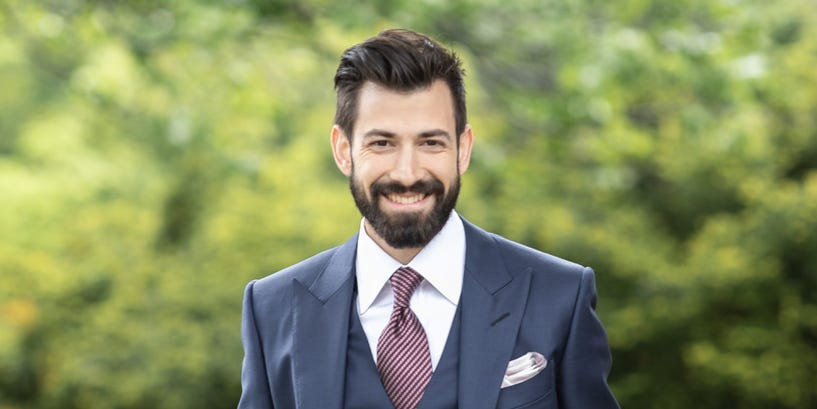This as-told-to essay is based on a conversation with Greg Petronzi of True Patina, a watchmaker specializing in vintage Rolex repairs. He is also a licensed psychologist and professor at New York University. This interview has been edited for length and clarity.
I’ve had a fascination with watches from a young age. In middle school, I owned a Swatch with a transparent case that allowed me to see the automatic movement in action, which I always found captivating.
In college, I pursued psychology, earning a master’s and Ph.D. Over 12 years, I became a licensed psychologist, but my interest in watches never faded.
After completing my education, I ventured into watchmaking, which unexpectedly became my primary career. My foray into psychology turned into a part-time endeavor, but I’m thrilled to engage in both fields.
Watchmaking wasn’t initially on my radar. As a grad student, I discovered a community of watch enthusiasts through forums and meetups. I befriended Rik Dietel, a seasoned watchmaker from Florida with over 35 years of experience, particularly with vintage Rolexes, which I was passionate about. I began to ask him for guidance on fixing my own watches, and slowly, he started teaching me, leading to an informal, remote apprenticeship.
As I continued working as a psychologist and professor, my watchmaking skills developed significantly. What began as a hobby transformed into something more substantial when I started receiving requests from acquaintances and eventually, people I didn’t know. That’s when I realized I needed to take this seriously.
During the pandemic, my psychology practice shifted to remote work, allowing me to dedicate more time to watchmaking. I invested in tools, spending about $15,000 on specialized equipment for intricate repairs. I developed my workshop and began focusing on cosmetic repair—specifically dials and hands. Being a watch collector myself, I understand the value of preserving a watch’s originality. While many modern watchmakers opt for a “repair and replace” approach, I prioritize “restore and retain.”
I started showcasing my work on Instagram, gradually building trust within the community. This led to collaborations with prominent watch collectors and dealers, as well as auction houses.
A pivotal moment was when someone shared an eBay listing that referenced a watch serviced by True Patina. It was gratifying to see that my name had gained recognition in the industry.
Watchmaking has often exceeded the financial returns of my Ph.D. in psychology, which is both surprising and rewarding. For those interested in learning watchmaking, it can be challenging due to the expense of tools and limited formal education options. Many either pursue apprenticeships or begin their careers with established brands while gradually developing their workshops.
My repair pricing varies significantly based on the restoration work needed, generally ranging from $1,000 to $2,000, and can exceed $6,000 for rare components. I handle watches priced from a few thousand dollars to six figures. While I often work on pieces valued at $200,000 to $500,000, the most meaningful projects for me are sentimental pieces handed down through generations.
Becoming a watchmaker was never something I envisioned as a child or even in college, but it has organically unfolded into a deeply meaningful and enjoyable pursuit.
Watchmaking can indeed be stressful, particularly when a repair doesn’t go as planned. However, when everything aligns, it transforms into a mindful experience where you lose track of time—an ironic twist in a trade centered around timekeeping.
Do you have a story to share about watches or watchmaking? Contact this reporter at kvlamis@businessinsider.com.


